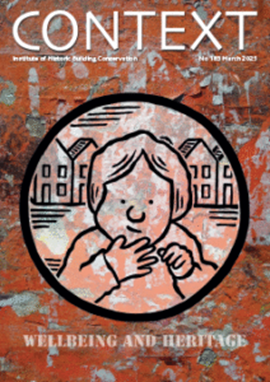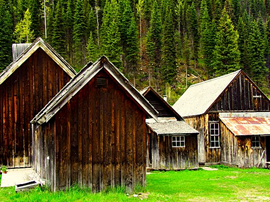Defrassing
Defrassing is a technique used in building conservation, particularly in the preservation and restoration of historic masonry. It involves the careful removal of loose, friable, or decayed stone and mortar to ensure the structural integrity and aesthetic quality of a building. Unlike aggressive cleaning or replacement, defrassing is a delicate intervention aimed at retaining as much of the original material as possible while preventing further deterioration.
One of the primary reasons for defrassing is to eliminate unstable elements that could pose safety hazards or accelerate decay. Over time, weathering, pollution, and biological growth can weaken stone and mortar, leading to crumbling surfaces and the potential for structural failure. By selectively removing deteriorated material, conservationists can prepare the surface for more effective repairs, such as repointing or consolidation, without compromising the historical authenticity of the structure.
The success of defrassing depends on the expertise of the conservator and the use of appropriate tools and techniques. Hand tools such as chisels and brushes are often preferred over mechanical methods, as they allow for greater control and minimise the risk of causing unnecessary damage. In some cases, low-pressure air or water techniques may be used to gently dislodge weakened particles without harming the surrounding material.
Another significant benefit of defrassing is its role in preventing moisture ingress. Loose and degraded masonry can create pathways for water to penetrate deeper into a structure, leading to further damage through freeze-thaw cycles, salt crystallisation, or biological growth. By carefully removing compromised material and preparing the surface for suitable repairs, defrassing helps maintain the building’s ability to withstand environmental challenges while preserving its historic character.
This technique is often used as part of a broader conservation strategy, working in conjunction with other methods such as stone patching, shelter coating, or lime-based treatments. While it may seem like a minor intervention, defrassing plays a crucial role in extending the life of historic buildings, ensuring they remain safe, functional, and visually coherent for future generations. The careful balance between material retention and necessary removal makes it a fundamental practice in responsible heritage conservation.
Defrassing techniques can also be used on other materials such as timber.
[edit] Related articles on Designing Buildings.
IHBC NewsBlog
IHBC Context 183 Wellbeing and Heritage published
The issue explores issues at the intersection of heritage and wellbeing.
SAVE celebrates 50 years of campaigning 1975-2025
SAVE Britain’s Heritage has announced events across the country to celebrate bringing new life to remarkable buildings.
IHBC Annual School 2025 - Shrewsbury 12-14 June
Themed Heritage in Context – Value: Plan: Change, join in-person or online.
200th Anniversary Celebration of the Modern Railway Planned
The Stockton & Darlington Railway opened on September 27, 1825.
Competence Framework Launched for Sustainability in the Built Environment
The Construction Industry Council (CIC) and the Edge have jointly published the framework.
Historic England Launches Wellbeing Strategy for Heritage
Whether through visiting, volunteering, learning or creative practice, engaging with heritage can strengthen confidence, resilience, hope and social connections.
National Trust for Canada’s Review of 2024
Great Saves & Worst Losses Highlighted
IHBC's SelfStarter Website Undergoes Refresh
New updates and resources for emerging conservation professionals.
‘Behind the Scenes’ podcast on St. Pauls Cathedral Published
Experience the inside track on one of the world’s best known places of worship and visitor attractions.
National Audit Office (NAO) says Government building maintenance backlog is at least £49 billion
The public spending watchdog will need to consider the best way to manage its assets to bring property condition to a satisfactory level.















